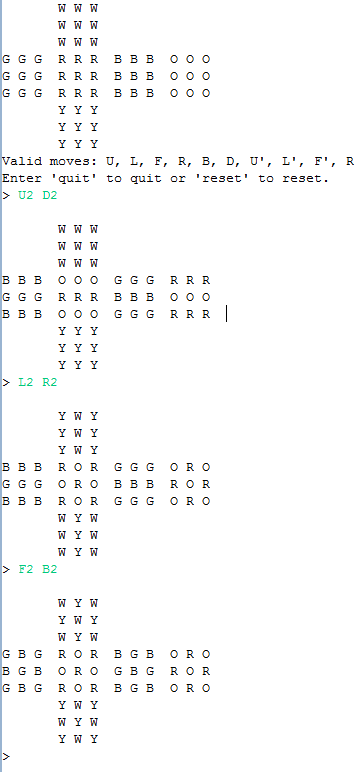I finally booted my laptop back to Linux, and it’s so much more usable now! I’ve been using Windows Vista since Christmas because I was gaming on my laptop and because I got itunes gift cards and I have itunes installed in windows. The problem I had was that I couldn’t access my file server from windows (it’s a linux server). I figured Samba hadn’t started or something last time I took updates and rebooted the server, so I tried SSHing in from my phone, then realized that I could just use my laptop, so I switched it to Ubuntu. Now Firefox is responsive, I don’t get pop-ups from MS Security Essentials, and the screensaver comes on consistently. In other words: this is a major improvement.
I never did figure out why my server wasn’t showing up on the network list in windows. Before my laptop was finished booting I tried typing in the IP address directly in windows explorer and that worked, but the network browser still won’t find it.
I uploaded the last of the rocket videos:
I ended up trimming off all the extra video of it hanging in the tree. There are a couple spots where you can see my dad and I walking around under it, but it was more long and drawn out than interesting.
The other video I produced this week was in skyrim:
I found a dragon that had a ledge behind it, so I snuck on to the ledge and stabbed it with my daggers for the sneak attack bonus. Unfortunately, I hadn’t improved my offhand dagger with blacksmithing so I didn’t actually one-shot the dragon. I finished it off using my bow when it landed – I haven’t fought many dragons as a melee character but I remember my mage getting bitten and killed when I got close.
It took me probably fifteen minutes to get into position for that attack because every time the dragon detected me it would fly up and breathe frost on me so I’d have to reload a save. Also, to get onto the ledge I had to find a spot to climb the mountain so I could jump down on it. This was the dragon on the mountain south of Riften.
I just realized I didn’t have a category for Games: Skyrim. I guess I really haven’t been blogging much since it came out.
Today I finally sat down and timed a solve of my 7-cube: 30 minuntes 56.77 seconds. That beats my previous time of 63 minutes by far, but I need to do a few more solves for a 3 of 5 average (technically they should all be in one sitting, but at 30 min per solve that’s not happening). I also did a few 3-cube solves and managed a 34.99 second solve, which is my new record for the method I’m using to solve it. I was trying to solve my rubik’s cube while on my exercise bike, but I was both slowing down on the bike and messing up algorithms so I gave up. If I’d had better light maybe it would have been an interesting challenge, perhaps tomorrow.
